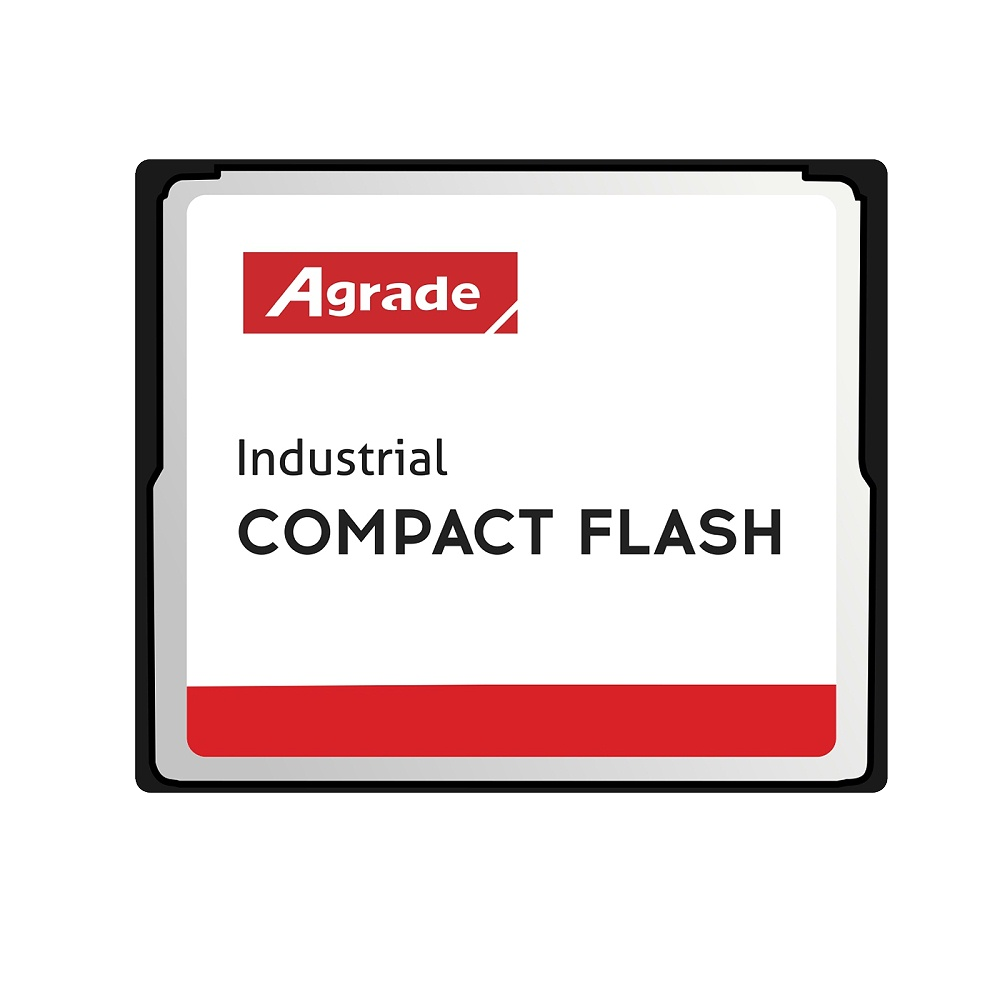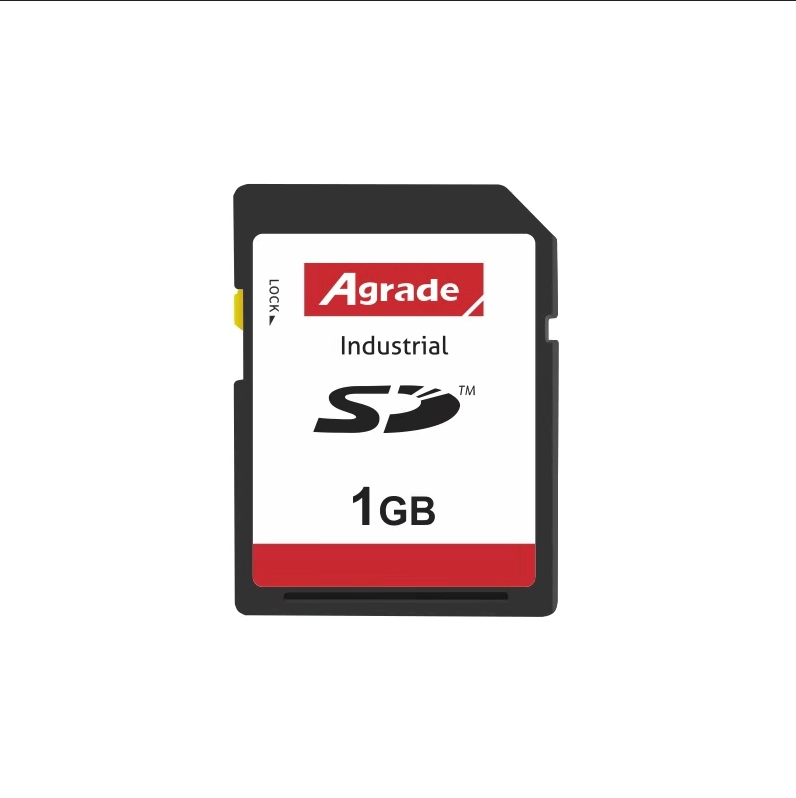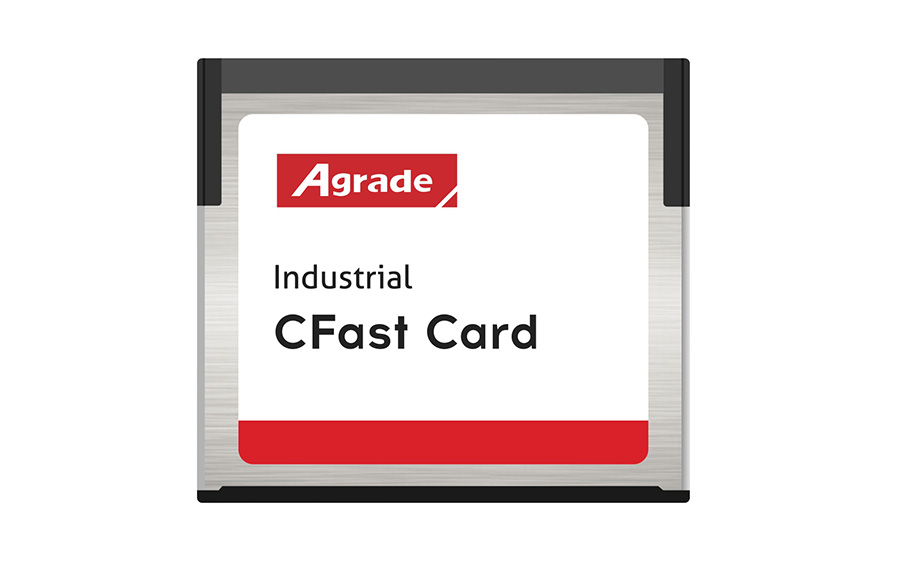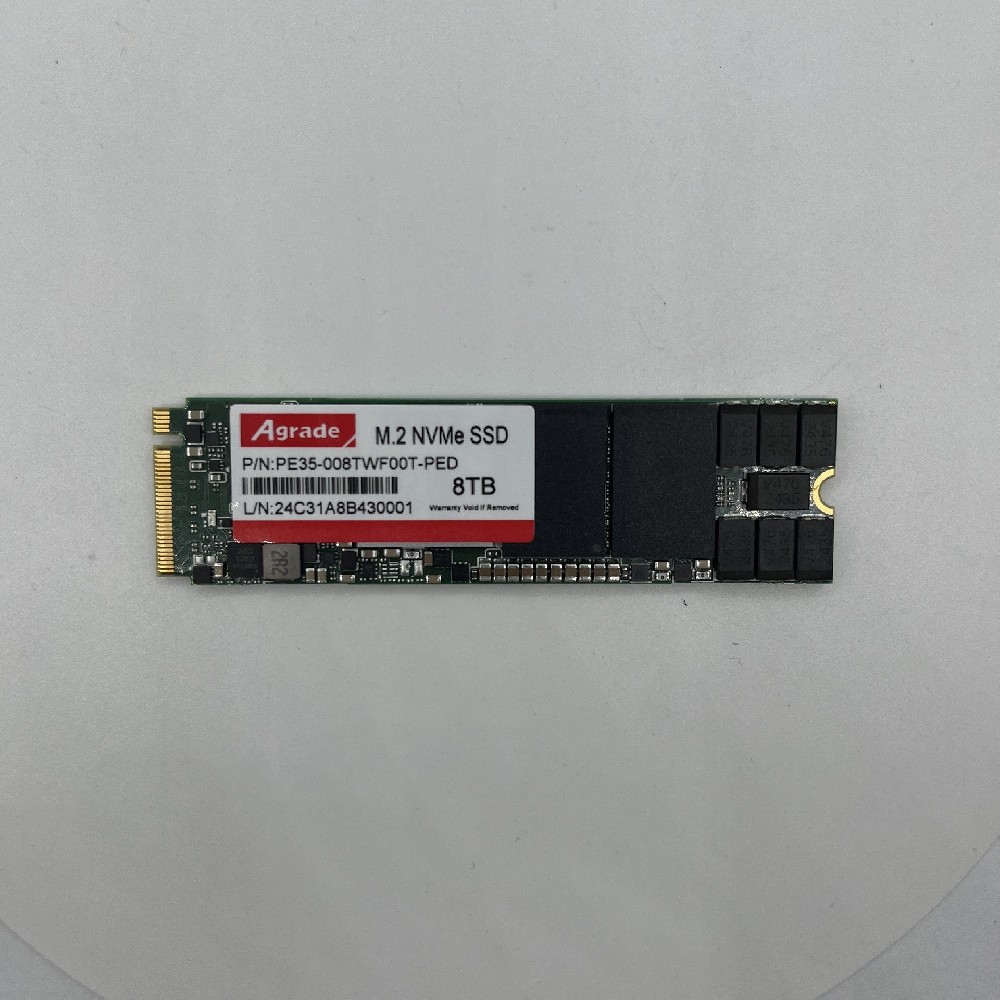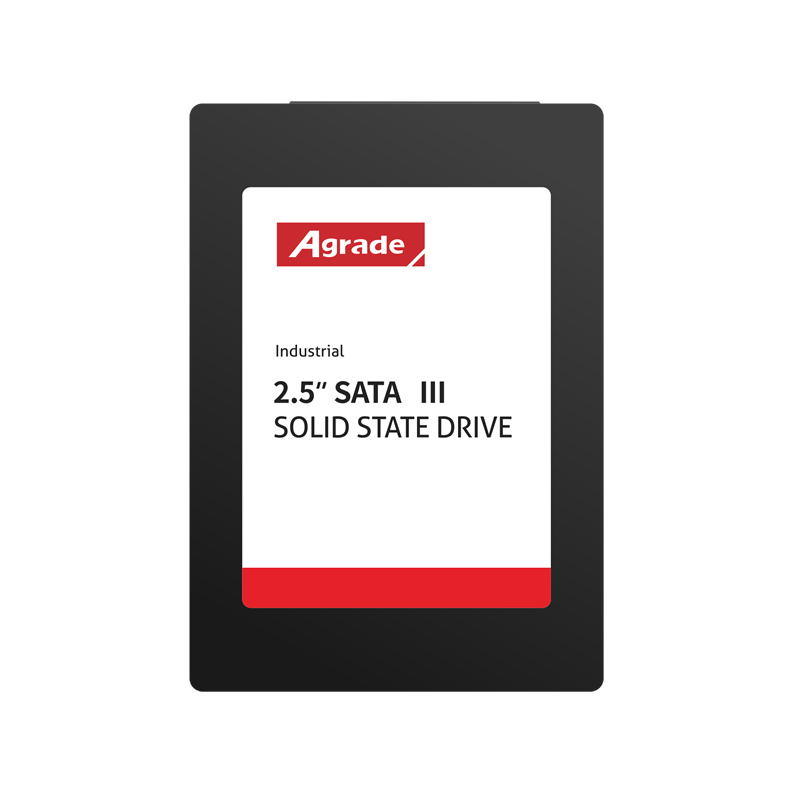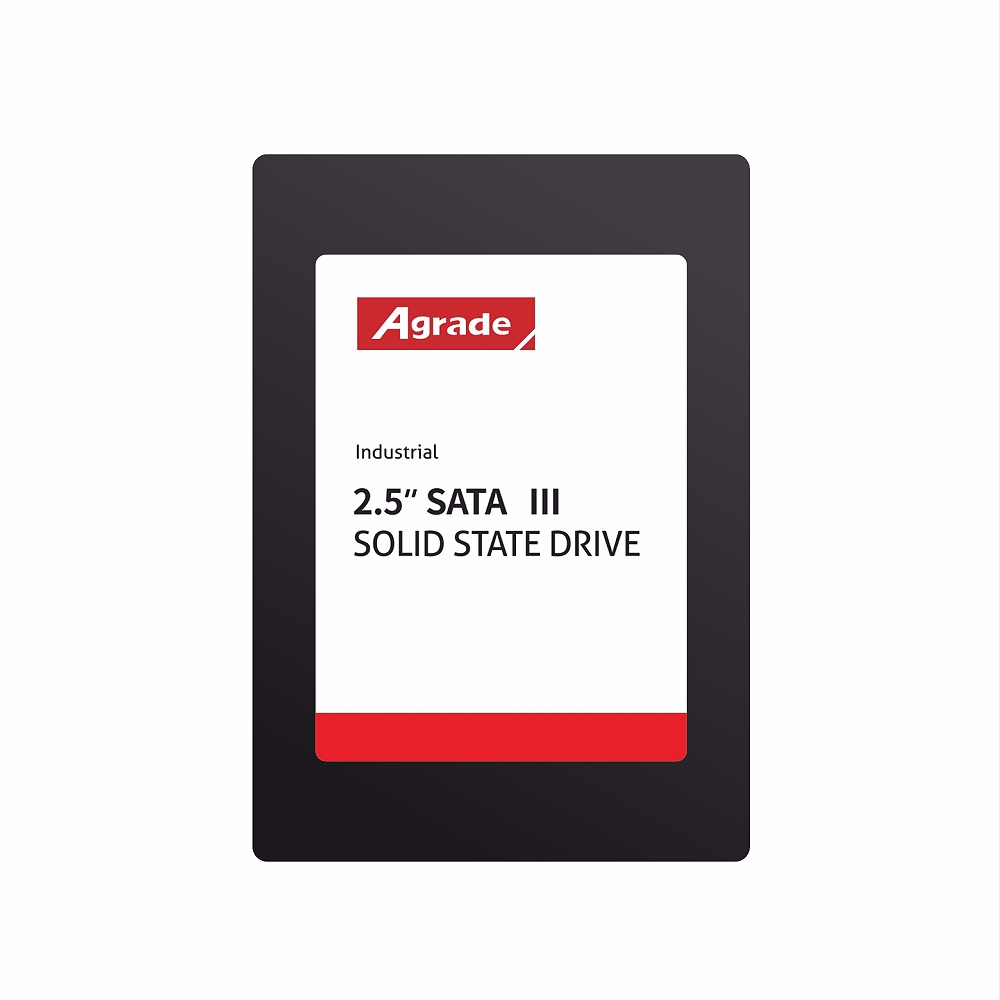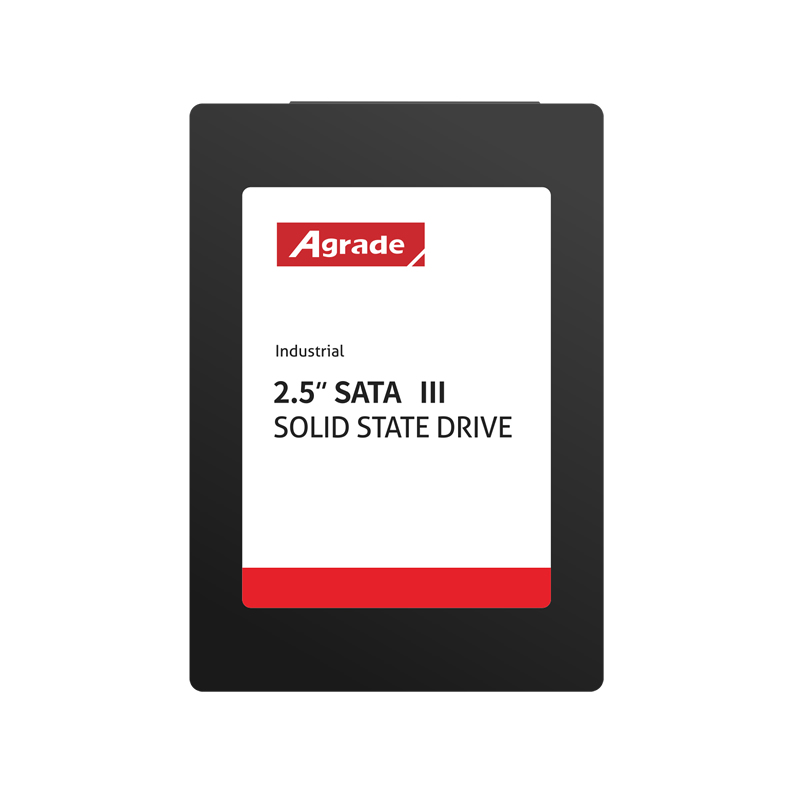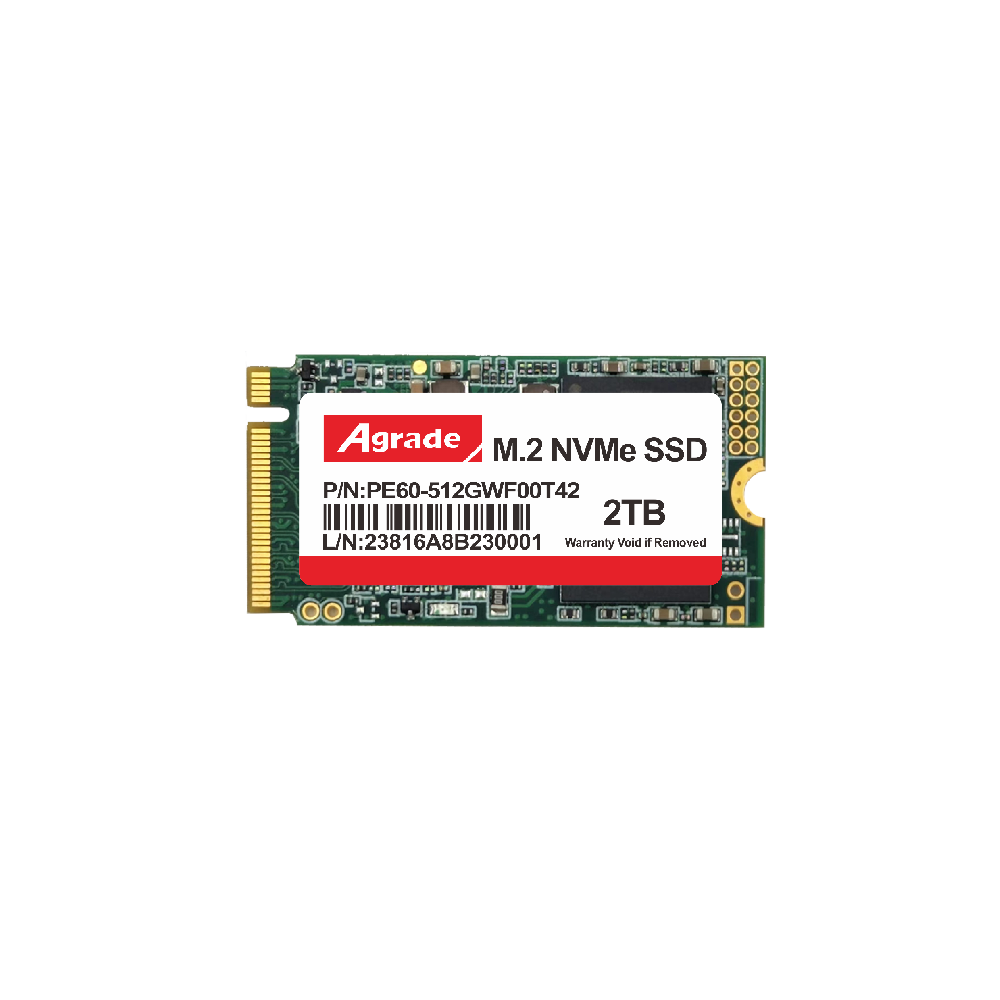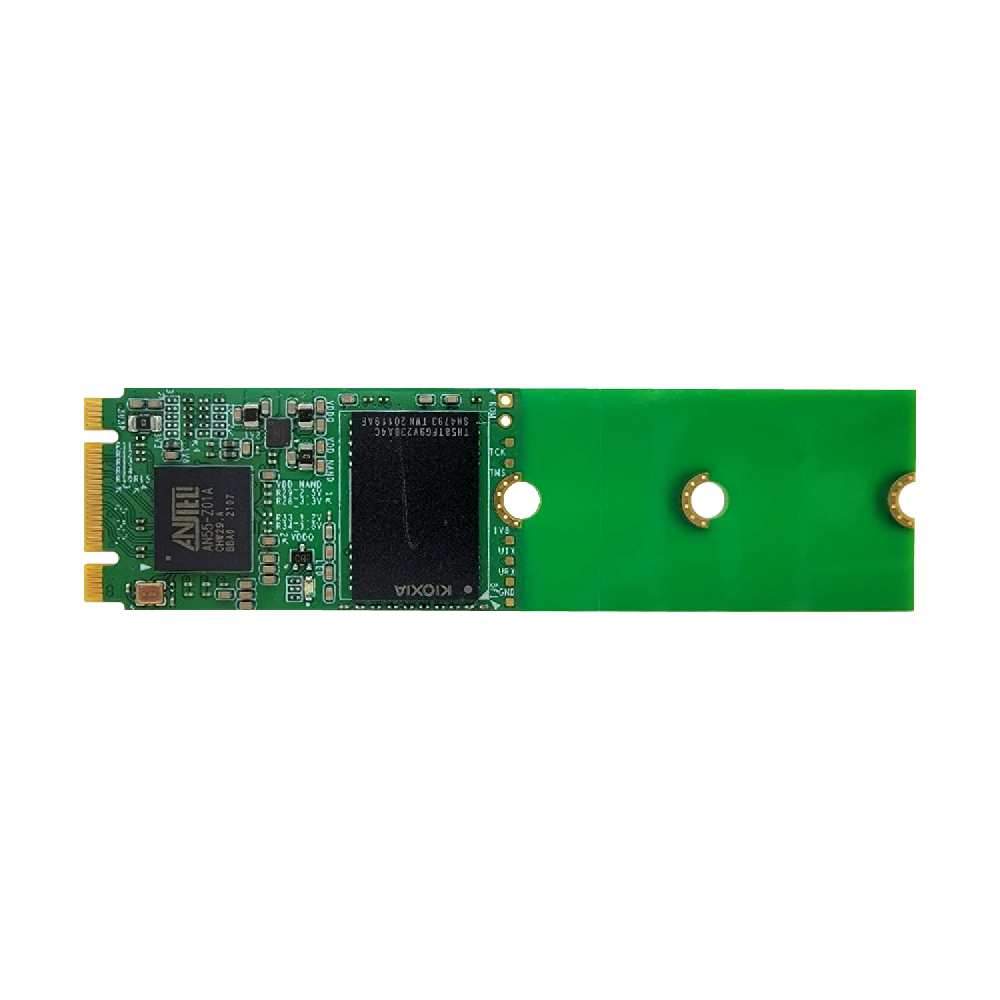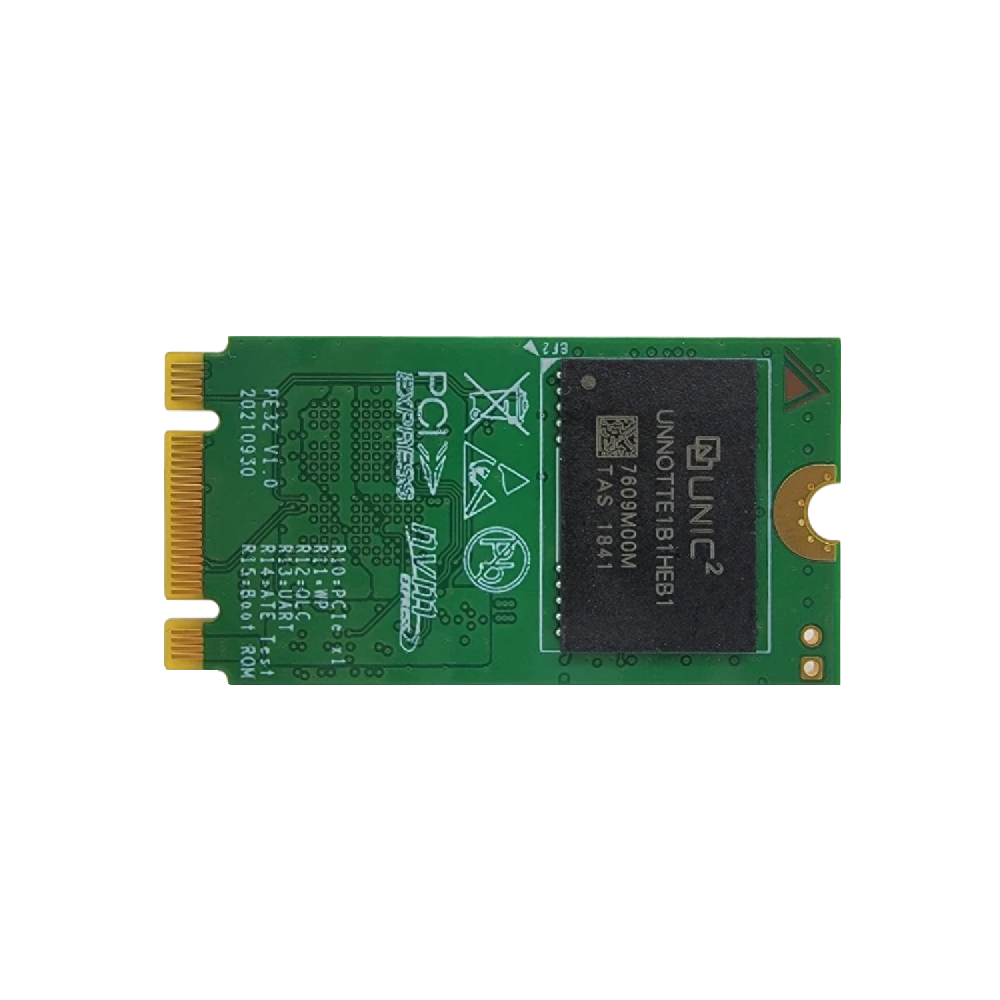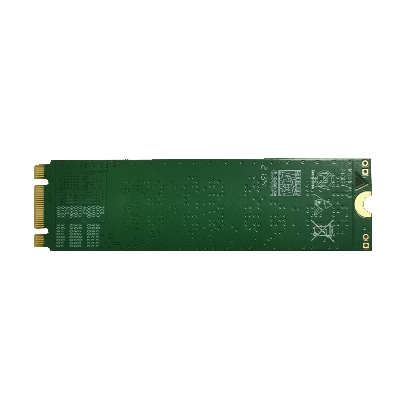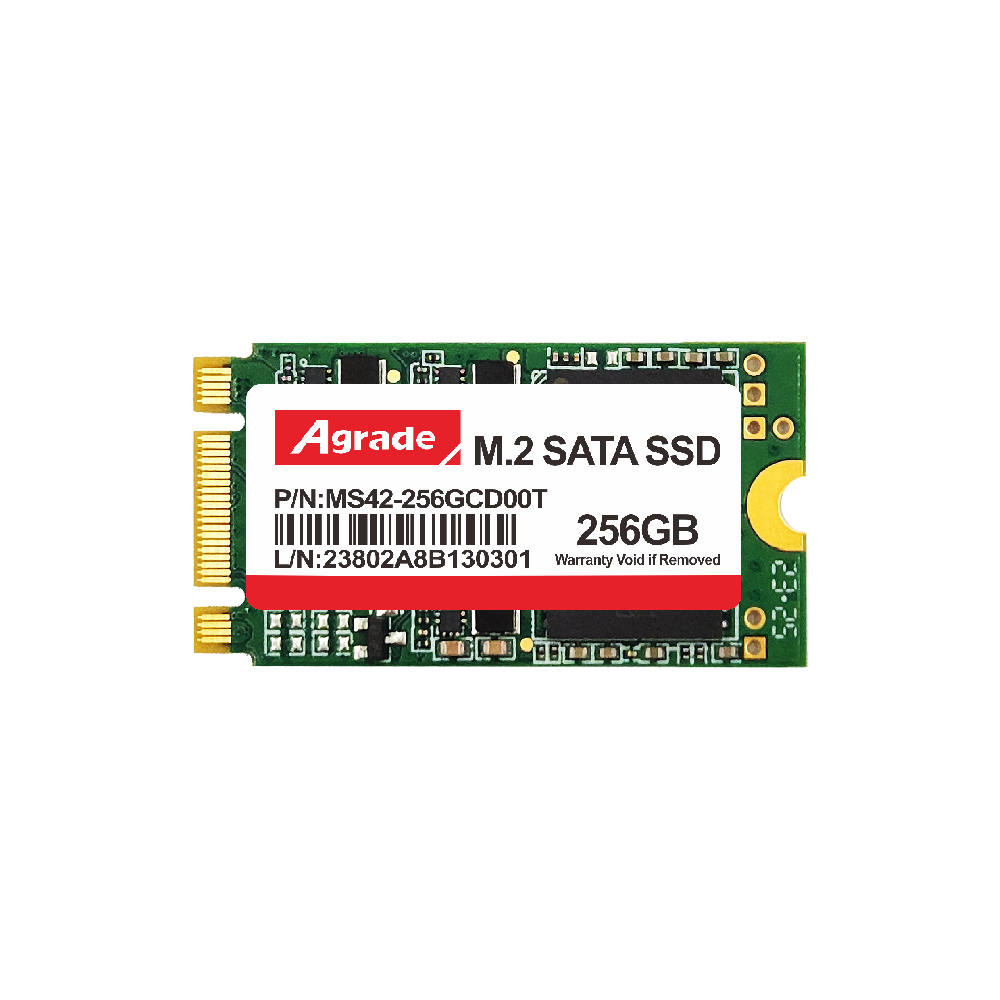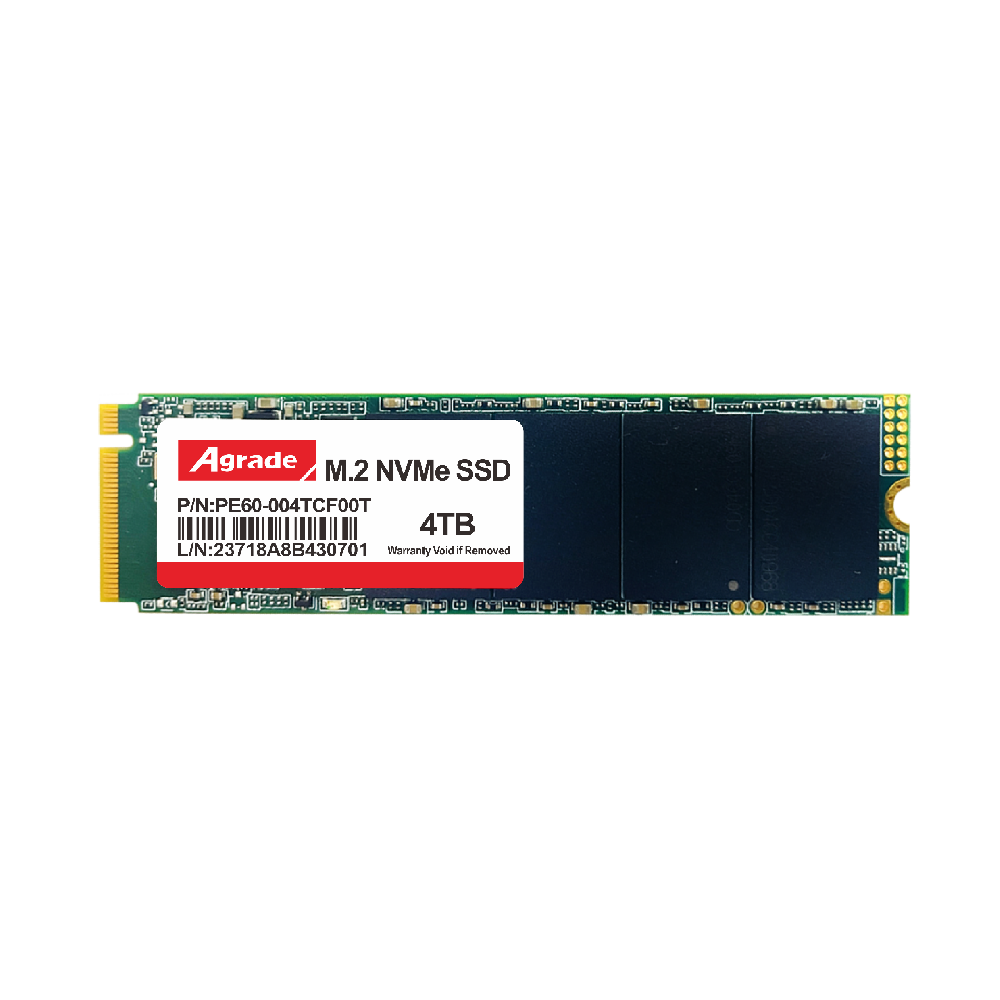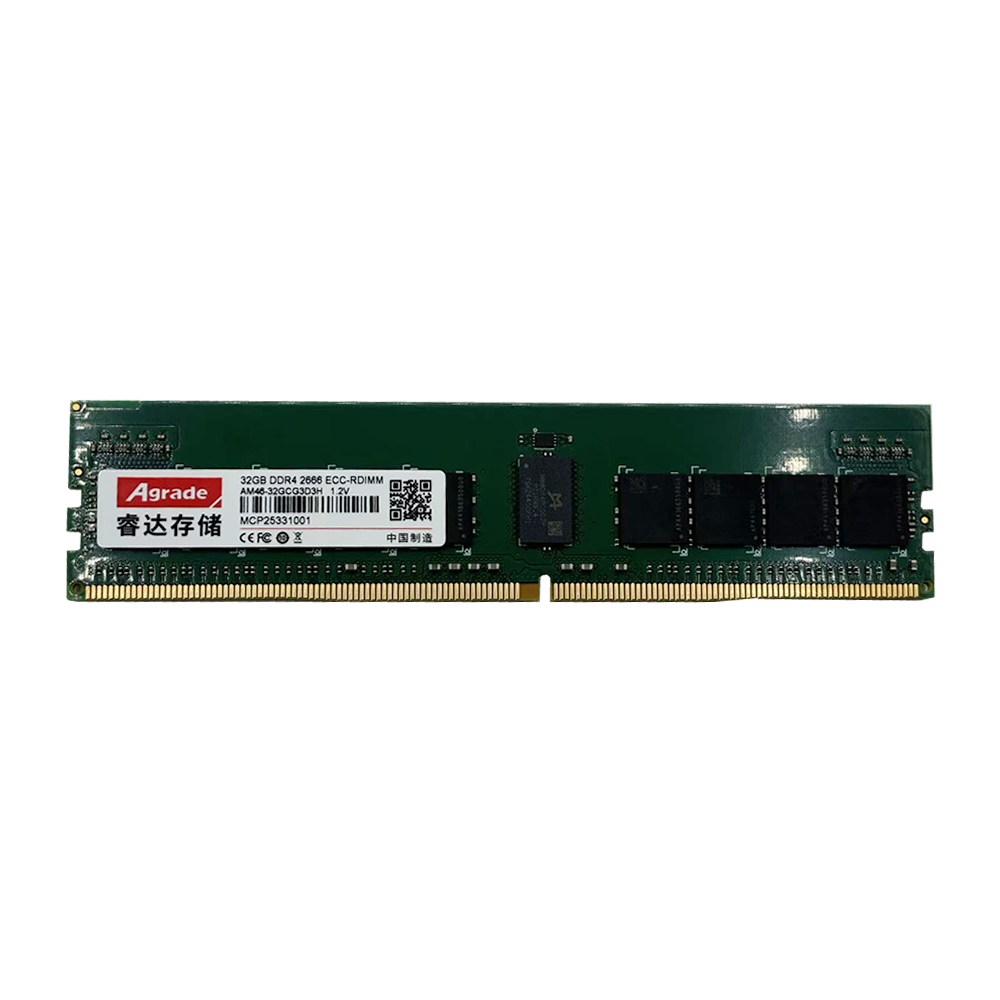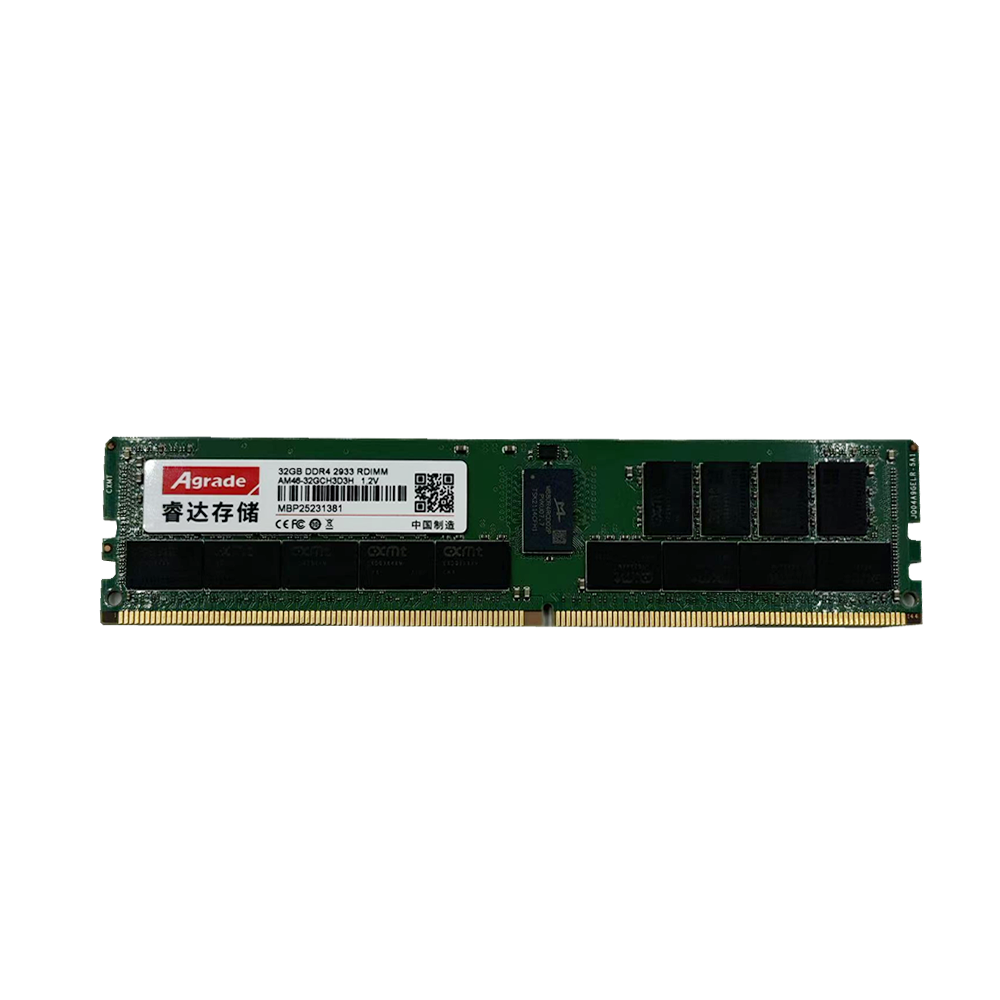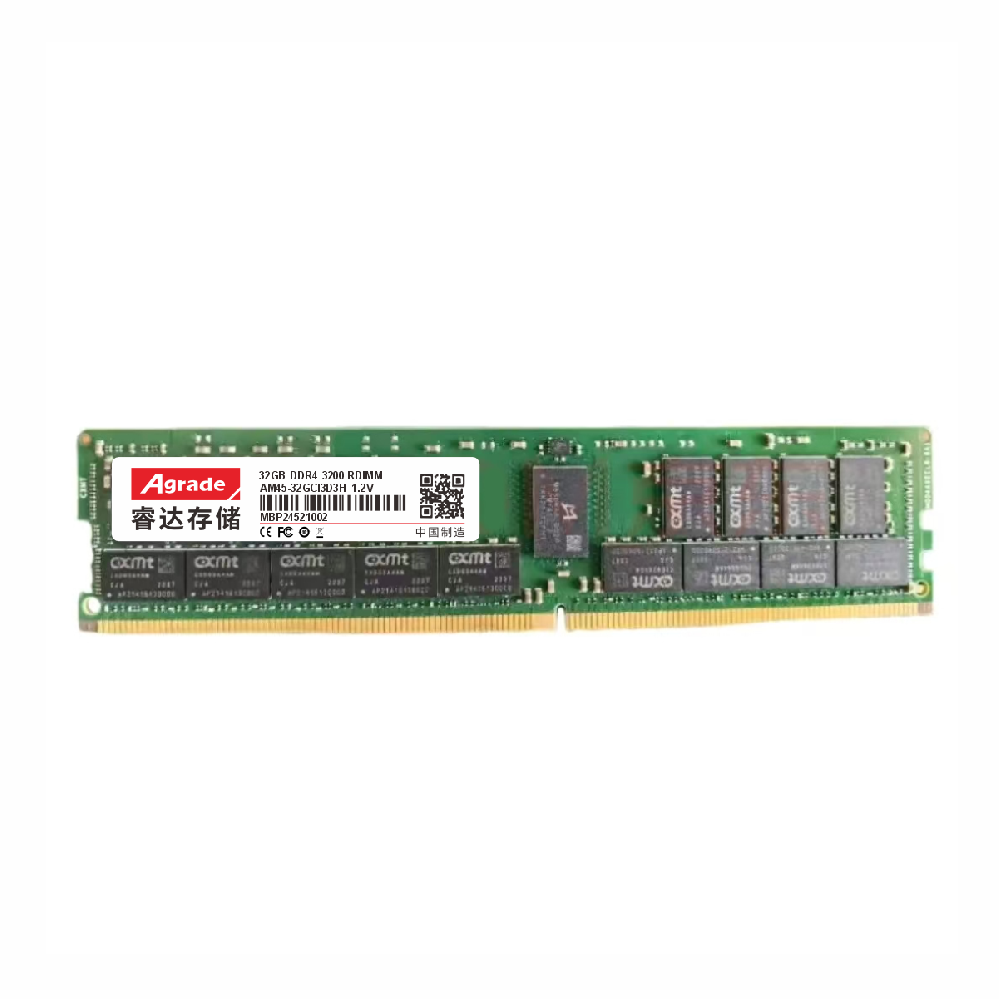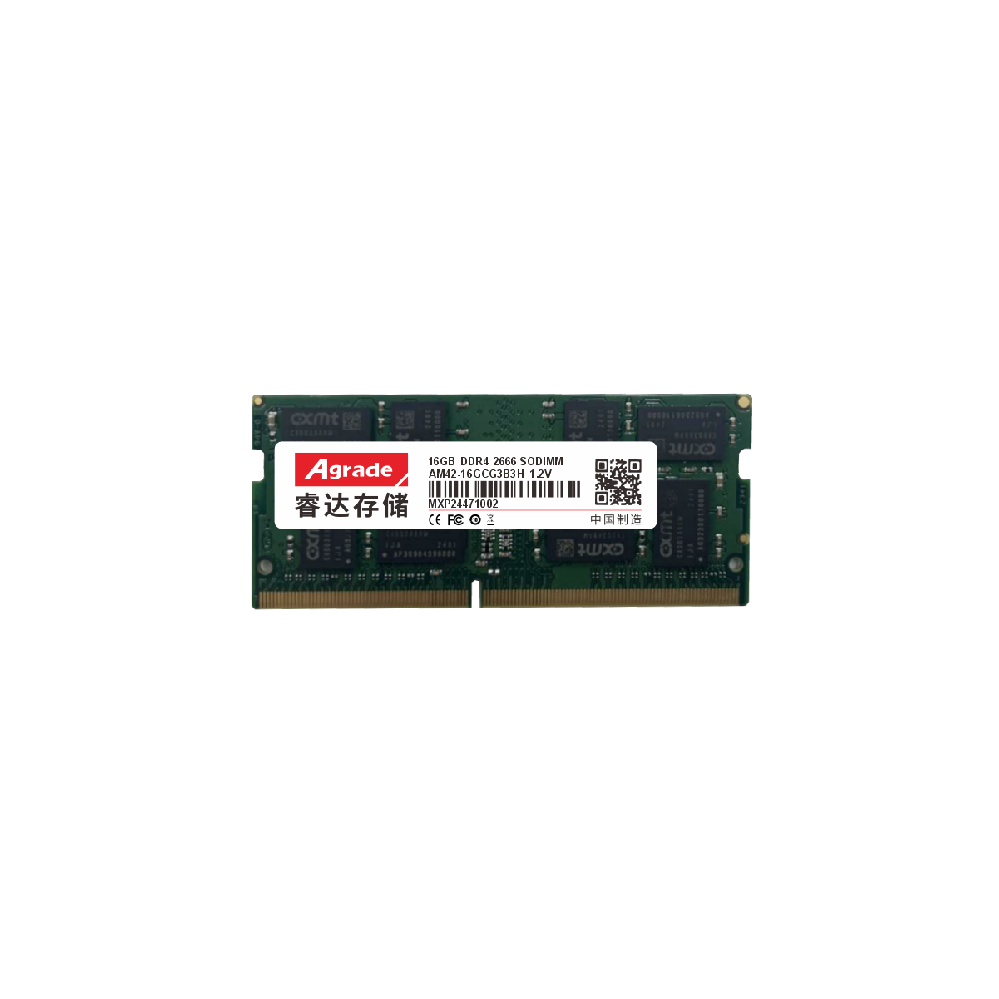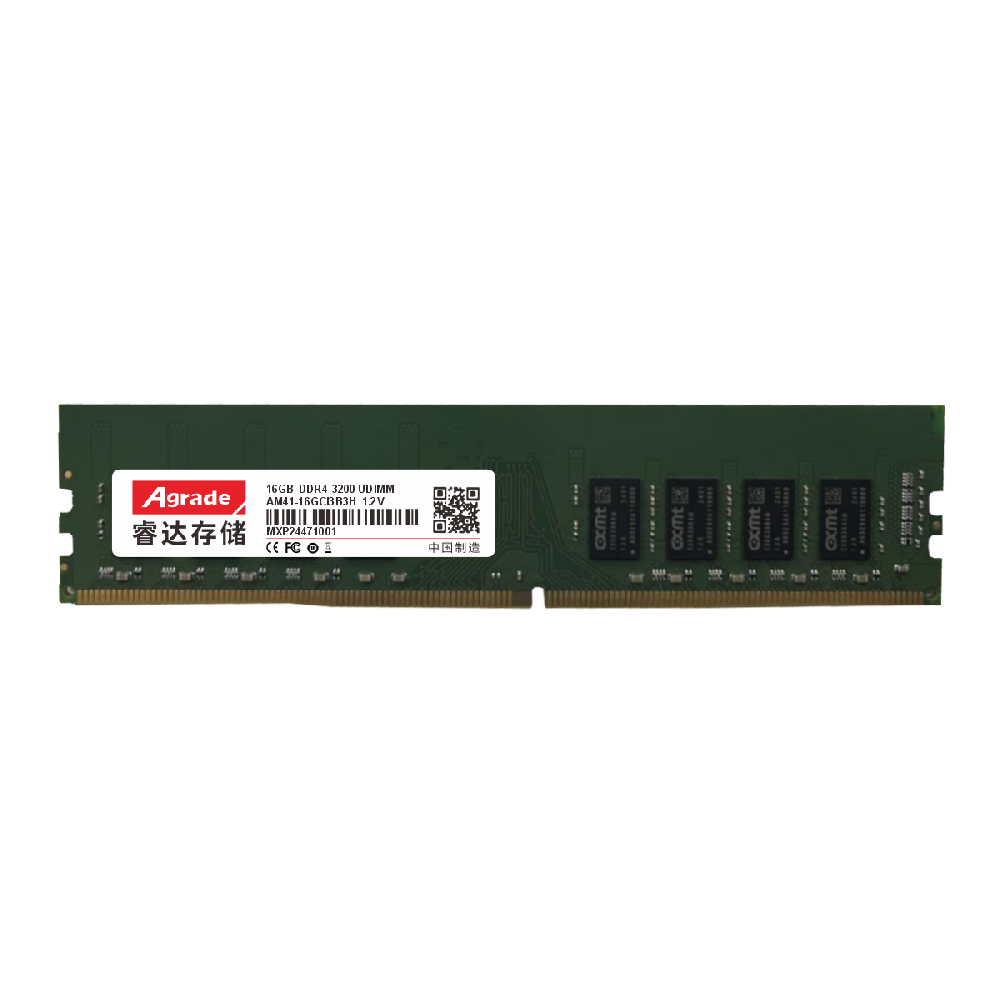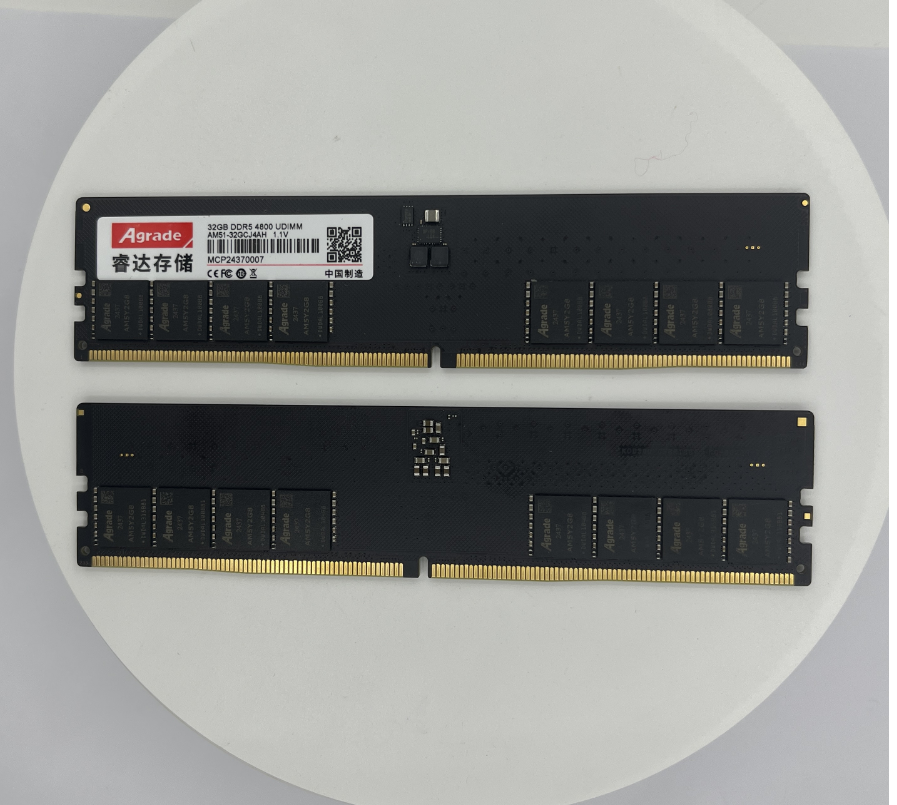

News
 电商部
电商部  2025-10-13 18:11:03
2025-10-13 18:11:03 In what ways can DDR4 and DDR5 memory modules be distinguished?
In the world of computer hardware, memory modules are one of the key components that determine computer performance. DDR4 and DDR5, as the two mainstream memory specifications before and after, have many differences. Below is a detailed introduction for you.
Frequency and bandwidth
When DDR4 was first launched, the mainstream frequencies were 2133MHz and 2400MHz, and later flagship products could reach 4266MHz or even higher. The starting frequency of DDR5 is as high as 4800MHz, and there is hope to break through 7200MHz in the future. The increase in frequency is directly reflected in bandwidth. Taking DDR4 3200 frequency as an example, the bandwidth is 25.6GB/s, while DDR5 4800 frequency has a bandwidth of 38.4GB/s. Higher bandwidth means faster data transfer speed. When running large software and multitasking, DDR5 can read and write data more quickly, reducing waiting time.
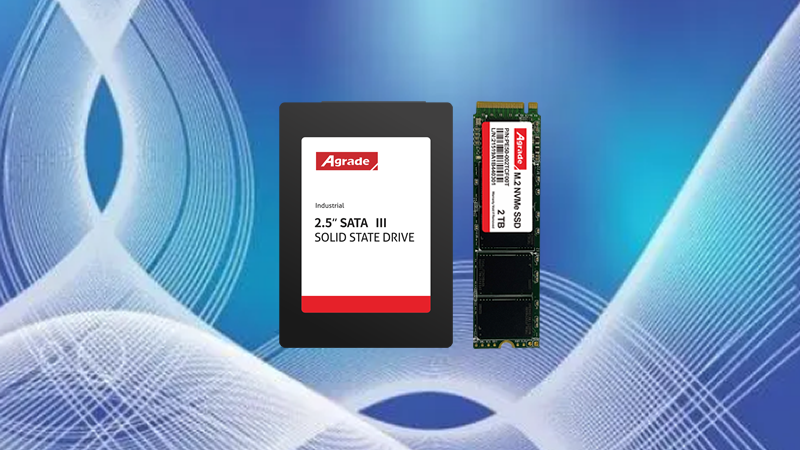
Appearance design
Visually, DDR5 memory modules have significant differences from DDR4. Electronic modules have been added to the DDR5 memory module, including SPD Hub and PMIC (Power Management Module). SPD Hub brings upgrades to the I3C bus, significantly increasing speed. PMIC transfers the memory power supply module from the original motherboard to the memory module, so that the motherboard only needs to provide 5V (for ordinary PC computers) or 12V (for server computers) power to the memory module, and the memory module completes the voltage conversion on its own. In addition, the position of the fail safe port at the bottom of the memory module has also changed, which makes DDR4 and DDR5 memory modules physically incompatible. If users want to upgrade from DDR4 to DDR5, they must replace the motherboard that supports DDR5.
Working voltage
The operating voltage of DDR4 is 1.2V, while DDR5 drops to 1.1V, reducing power consumption by about 8%. Lower voltage not only saves power and energy, but also reduces the heat generated by the memory module during operation, which helps to improve the stability and service life of the memory module. Especially in the case of long-term high load operation, DDR5 has more advantages in heat management.
Single chip density and capacity
The typical single chip capacity of DDR4 is 4GB, and the maximum capacity of a single memory in the consumer market is commonly 32GB, with a few reaching up to 128GB. DDR5 has a higher single-chip density, with a single chip capacity of up to 16GB and a single memory capacity of up to 128GB. On motherboards that support 2DPC, the total memory capacity can even reach 512GB. For users who have a large demand for data processing, such as professional graphic design, big data analysis, etc., the high-capacity advantage of DDR5 is particularly prominent.
Memory error correction mechanism
DDR5 has added on die ECC error correction function, which can correct the internal data of the memory, improve the stability of the memory to a certain extent, and reduce the probability of system failures caused by memory data errors such as blue screens. Traditional ECC functions usually require additional particles, which can not only correct internal memory errors but also handle communication errors during operation. In contrast, DDR5's on die ECC is a low-end version, but still provides certain guarantees for data security.
Timing and Delay
In terms of timing, the timing of DDR4-2666 is generally at CL17-CL19, while the timing of DDR5-4800 is generally at CL40. The higher the timing, the higher the latency, which means that in the initial stage, DDR5 performs worse than DDR4 in terms of memory latency. However, with the development of technology, DDR5 has partially compensated for the delay disadvantage through high frequency. In practical applications, the improvement of system performance by high-frequency DDR5 memory is still significant.
Through the above comparisons, I believe you have a clear understanding of the differences between DDR4 and DDR5 memory modules. When choosing a memory module, it is necessary to comprehensively consider the compatibility of the computer motherboard, budget, and actual usage needs, in order to select the most suitable product for oneself.

